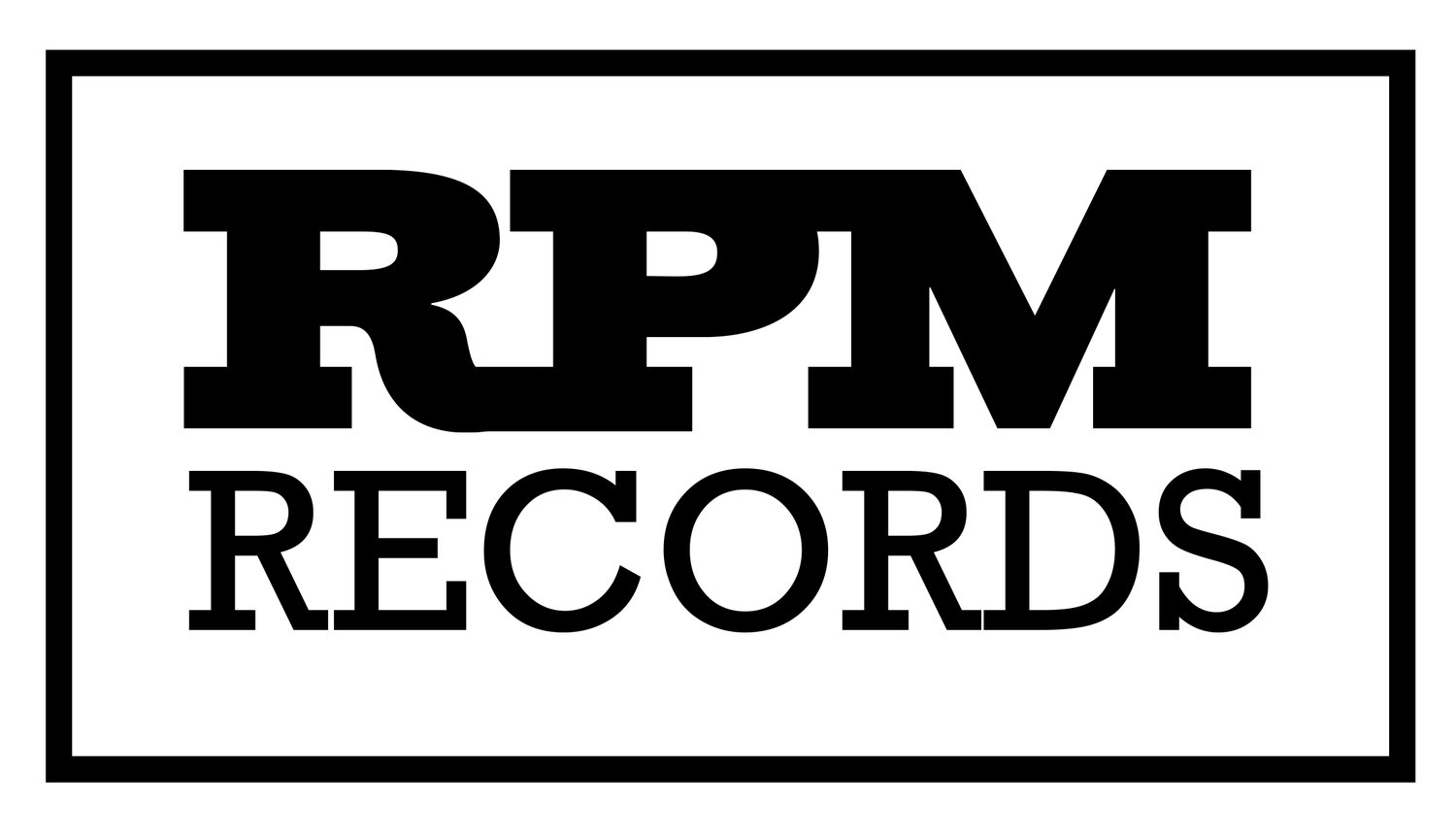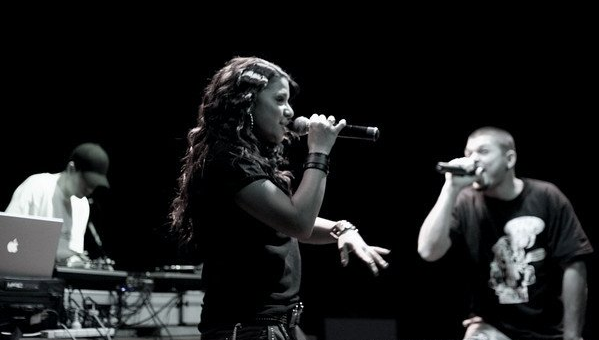SPOTLIGHT: White Mountain Apache Laura Ortman
/Studying the violin as a child set Laura Ortman on a path to collaborating, composing, creating The Coast Orchestra with all Native American members, and expanding her own musical arsenal to include singing, piano, guitars and even tree branches.
Laura Ortman (White Mountain Apache) was adopted as a baby into a musical family from Alton, Illinois. Her adopted mother was a pianist and coordinated the community's youth orchestra for 20 years. Laura was introduced to the violin at the age of 8 and by the time she was a teen, she was playing with the St. Louis Youth Symphony. When it came time to choose a focus for her post-secondary schooling she chose to study drawing, painting, sculpture and performance art at the University of Kansas. After university, Ortman moved to New York where she played with the Brooklyn College and Hunter College Symphony Orchestras. She also starting writing improvisational music for modern dance performances.
Laura's explorations have taken her into many collaborative groupings including The Dust Dive with Ken Switzer and Bryan Zimmerman formed in 2000. The Dust Dive released two albums Claws of Light (2007) and Asleep or Awake Walk (2005) both of which are still distributed through OWN Records. OWN describes them as "weird, warm, and captivating" using violin, guitar, piano, acoustic reed organ, musical saw, sampled radios, field recordings, and uncommonly vivid verse soar with gritty equanimity and “mythological twang.” They often wove super-8 and video footage from weather documentaries, family movies and other imagery into their live performances.
In 2001, Laura partnered up with Brad Kahlammer to create National Braid and they released a self titled album in 2002. National Braid also live scored the 1929 silent film Redskin, commissioned by the Smithsonian National Museum, and they toured screenings through New Mexico, Italy, the Czech Rebuplic and the Tribeca Film Festival.
She has worked on a long list of film collaborations including a live soundtrack to films by artist Martha Colburn, a soundtrack to an art film by Mohawk artist Alan Michelson, a playful score for a short film by Navajo film maker Blackhorse Lowe and most recently Laura's music video I Lost My Shadow was featured on our list of Top 16 Music Videos of 2011. Its director Nanobah Becker won Best Music Video at the 2011 imagineNATIVE festival and stars the NYC ballet dancer Jock Soto (Navajo) .
Laura formed The Coast Orchestra, with all Native American players, in 2008 and wowed sold-out crowds at the National Gallery of Art in Washington D.C. and at the opening of the Margaret Mead Festival in New York. Their mandate being to promote classically trained Native American musicians and to perform music about Native Americans. They have members from thirteen nations from Alaska, Arizona, New York and Washington D.C.
Laura's second solo album Someday We'll Be Together released this August is available through thedustdiveflash.bandcamp.com and was recorded in Brooklyn by Martin Bisi. It features Laura on violin, piano, electric guitar, and the Apache violin, Casio, tree branches and vocals.
I emailed Laura with a couple questions that I just couldn't contain and even though she'd just accidentally burnt her sacred hands with hot tea water she took the time to send these beautiful replies.
RPM: What was it like meeting your birth family? How do you think the experience of having two families, one adopted and one by blood has influenced your art?
Laura Ortman: Meeting my birthfamily a month before 9/11 in Whiteriver, Arizona, was like one of those moments when you are still and the whole world is spinning around you. That's the best I can explain what that moment was like. Meeting my birthmother and birthsister face to face out in the woods and seeing their eyes for the first time in bright daylight was exactly where I felt I had been renewed. It also magically validated all these ideas, emotions and experiences of being adopted as a Native woman that I kept in my head and not feeling like I was losing my mind all those years growing up till then because I had been far away and lost. It was a great reunion! Still learning how to be from two families. Especially after the devastating loss of my adopted mom 7 months after 9/11. She fell from a brain hemorrhage and was gone instantly. So between finding myself come full circle with my birthfamily, the depression of 9/11 and the sudden loss of her, everything took dramatic forms for a long time. I've always been so thankful, grateful and appreciative my adopted family supported my music and art all my life. Seeing how its all come together is incredibly humbling, but it feels really good.
It's the sure thing to have the art and music I do to be able to express how life seems and re-create stories, real or imaginary that happen. I don't play all dark, all sad, all blessed, all bright music all the time. The way life has worked out I have lots of imagery and events to reference when I'm conveying a message. And now more than ever, everything takes on a new, matured day from the ever on-ringing past and has its basis in continuing scenarios and influences, in addition to my personal family histories. Thanks for asking me this question. Hard to put it into words a little bit, but thanks. (I can't wait to give everrrryone in my families a big hug now.)
RPM: After being brought up on classical music can you describe your first improvised performance experience(s)?
LO: The lonely life of this artist has been SAVED by improvisation because as far as I can remember it has always been a collaborative experience. I took some performance art and installation art courses in college and started playing violin for them live. I could pre-record myself on tape or make a loop on a CD player and duet with myself alongside that for performances. It was too much fun! Never any dialogue, just "found" sounds or experimenting on how to make things make sense to accompany the art. When I moved to New York in 1997 I somehow continued on as an improv violinist for modern dancers. Getting called to rehearsals, street performances, residencies for various dancers really helped me figure out how to just keep bouncing ideas off and from them. And then I started getting asked to do music for film! In 2002, me and my then bandmate for National Braid collaborated on composing and performing a live soundtrack to a silent film from 1929 called Redskin. Collaborating with the moving vintage images and trying to help them express the silentness of it all was wonderful. We had a succinct and scratchy map of our score but never a full-on note by note scenario of what we were doing. Just went and flew with it for each performance. It was original and free. The classical geek in me has kept up with etudes, concertos, sight-reading still... just so I can keep my chops up to play with the powerful ideas improv has led me to. To me improvisation is in the energy of true collaboration that makes it work or not.
RPM: Can you explain the Apache Violin?
LO: There's this incredible friend, Drew Lacapa (Apache, Hopi, Tewa) who was the man who helped me directly find my birthmother and sister that day on the White Mountain Apache reservation. I celebrate every trip back to the rez when visiting my family and also visiting him and his family. He gave me the Apache violin I now play, perform and record with. Its a long hollowed out Agave stalk with grouped wound string that resonates when bowed that you can tune with one peg. Its hand painted. The bow is arc shaped and from what I can tell is that both the string and the bow hairs are made of horse tail hair. The hairs on my Apache violin are so shredded right now it can't be played. Until I find a horse. Its got a small nasally sound and I use my classical violin rosin on its bow to give it some breathiness. On my latest album my engineer, Martin Bisi put a wonderful microphone on it to really bring out its earthy tones. I've used it for four-track recordings at home, for audio interviews and for a performance at John Zorn's performance space here in New York called The Stone. I really need to find a horse.
Here is Opening Ceremony by Laura Ortman. Can someone please find this woman a horse?!














